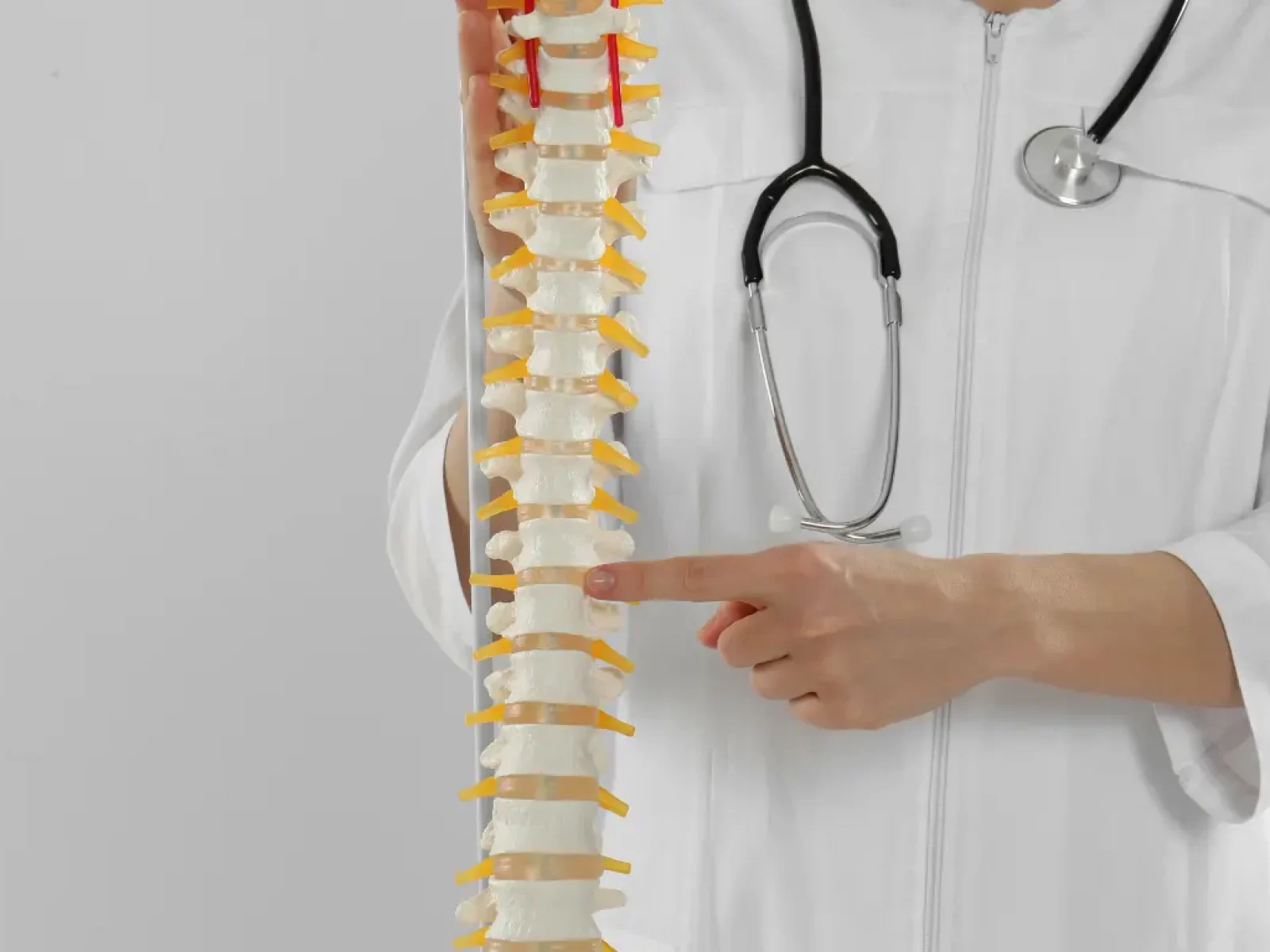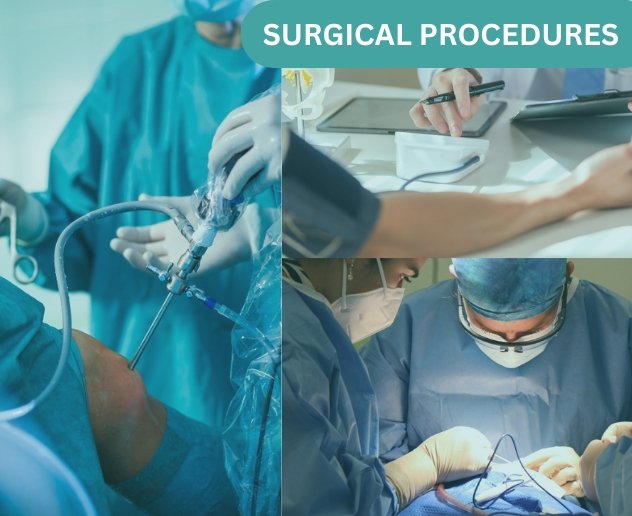SPINE SURGERY

Regain Your Mobility With Spine Surgery

Orthopaedic trauma surgery encompasses surgical procedures intended for the reconstruction of joints, ligaments and other soft tissues in the musculoskeletal systems as a result of impact or stress on the bones. It also includes managing fractures and dislocations, improving mobility, managing pain and rehabilitation. This subspecialty takes care of surgical management of these complex musculoskeletal problems, which I often manage in the postoperative phase for pain relief, repair and healing.
SYMPTOMS
Chronic Pain
Nerve Compression
Spinal Deformity
Fractures or dislocations of the spine
Worsening muscle weakness or numbness.
Loss of Mobility or Function
Types of Spine Surgery
1. Decompression Surgery
This procedure relieves pressure on spinal nerves by removing bone or tissue, commonly used for herniated discs or spinal stenosis. It helps reduce pain, numbness, and weakness caused by nerve compression.
-
 01. Pre Examination
01. Pre ExaminationThis is done to determine the range of the person’s injury and any other associated problems.
-
 02. Imaging Tests
02. Imaging TestsWhen the patient comes in, X-rays, CTs or MRIs are ascertained to examine the patient's problem.
-
 03. Pre-Operative
03. Pre-OperativeThe evaluation done in the months before the operation enhances the ability to carry out the operation.
Pre Surgical
Evaluation

This is done to determine the range of the person’s injury and any other associated problems.
When the patient comes in, X-rays, CTs or MRIs are ascertained to examine the patient's problem.
The evaluation done in the months before the operation enhances the ability to carry out the operation.

The damaged bone and the cartilage are removed with utmost care, protecting the opposing healthy structures.
According to the case in question, decompression and stabilization are performed.
Monitor the patient for possible signs, including fever or a local infection.
Surgical
Procedures
-
 01. Incision and Access
01. Incision and AccessThe damaged bone and the cartilage are removed with utmost care, protecting the opposing healthy structures.
-
 02. Surgical Intervention
02. Surgical InterventionAccording to the case in question, decompression and stabilization are performed.
-
 03. Post Surgical Recovery
03. Post Surgical RecoveryMonitor the patient for possible signs, including fever or a local infection.

After recovery Spine surgery
Before surgery and aftercare, a patient should follow a structured plan, which will significantly reduce the risk of future injuries and enhance the individual’s standard of living.
Regain Your Mobility & Live Pain-Free!
Dr. Piyush Damor, a skilled orthopedic spine surgeon, offers advanced treatments for lasting relief. Book your consultation today and take the first step toward a healthier spine!
